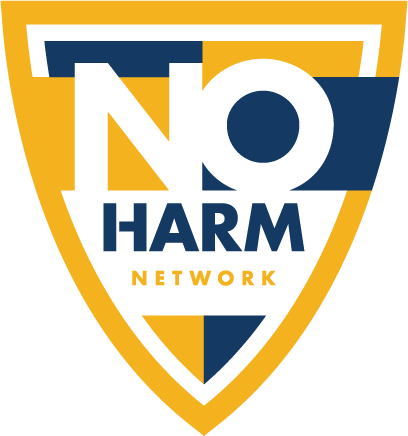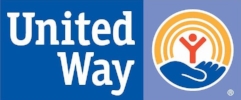What Every Parent Needs to Know About Child Sex Trafficking
/Written By: Susan McKelvy, LPC-S, NFNL National Conference Director
Before joining the team at New Friends New Life (NFNL), I knew a little about trafficking. I had been through some trainings, and I came from a background of trauma focused clinical work, so I was familiar with how our experiences can impact our mental health. I certainly thought I knew more about trafficking than I really did. But since coming to work at NFNL, I’ve learned so much about the myths of trafficking. Particularly, I’ve come to understand that my fears as a parent were more about the myths surrounding the subject, and less focused on the reality of how youth get trafficked.
Many of us have seen the Hollywood movies that show a child or teenager being kidnapped off the playground or from the mall before being trafficked. But in reality, only 10% of trafficking victims are kidnapped. Many trafficked youth are recruited, coerced, or approached by people they already know. And a common myth is that trafficking is something that happens elsewhere, in other countries. But approximately 15,000 to 50,000 women and children in the United States are forced into sexual slavery each year. And the trafficking of minors is a growing problem. In 2020, of the more than 26,500 endangered runaways reported to the National Center for Missing & Exploited Children, one in six were likely victims of child sex trafficking.
Commercial Sexual Exploitation of Children (CSEC) refers to a “range of crimes and activities involving the sexual abuse or exploitation of a child for the financial benefit of any person or in exchange for anything of value (including monetary and non-monetary benefits) given or received by any person.”
As the parent of a soon to be teenager, I’ve become so much more aware of the need for educating our youth in the areas that are most likely to impact their safety, as well as providing a healthy support system. This would include involving community stakeholders to reach more of our youth, such as schools, youth programs, Child Protective Services, and law enforcement. We also need to recognize the high-risk factors for CSEC, including:
1. Economic and social disadvantage
2. Abuse or neglect
3. Homelessness
4. Involvement in the child welfare system
5. Substance use
6. Mental health concerns
7. Identifying as LGBTQ
Knowing the risk factors, understanding the difference between the myths and facts in trafficking, and understanding how to create a safe space for our youth is paramount to changing the odds. This includes youth programming like New Friends New Life has that provides a trauma-informed approach to case management, mental health services, and a safe drop-in space. It also means providing education to the community, involving survivors in the messaging, and providing resources to parents and families. As parents, we have tools at our fingertips as well! These can include:
1. Spending time with your kids. Get to know their friends, their teachers, and the community where they spend their time.
2. Open up the conversation! Building a trusting relationship with your child allows them to feel safe talking to you about their own experiences and what they are seeing and hearing around them.
3. Talk about online safety. Our children are exposed to more of this world more quickly than ever through constant access to technology and social media. Teaching our children about online safety is key!
4. Recognize any changes in behaviors or the people your children spend time with.
As a parent myself, I want to create an open line of communication with my children, and I need to make sure they know I’m a person that they can talk to about their experiences and interactions in the world. As a community, we can help raise awareness and bring change together.










